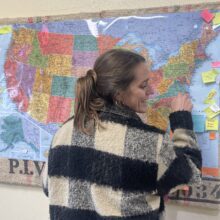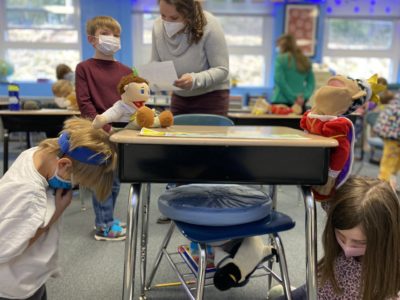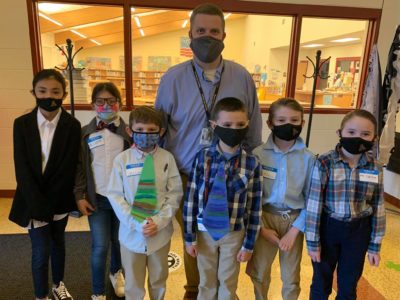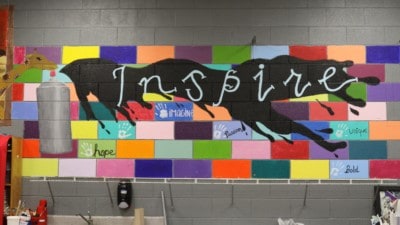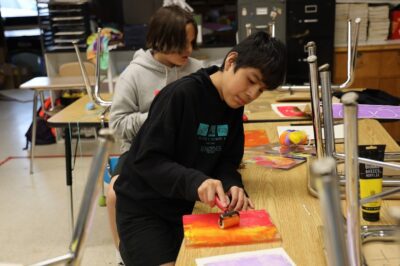|
|
For more than 30 years, ARTS North Carolina has called on art advocates statewide to convene annually for professional development, performances, celebration, and action in the arts. This year on May 21 and 22, over 300 art champions joined together to learn about the economic effects of the arts, advocacy, and the need for continued forward progression in funding for the arts.
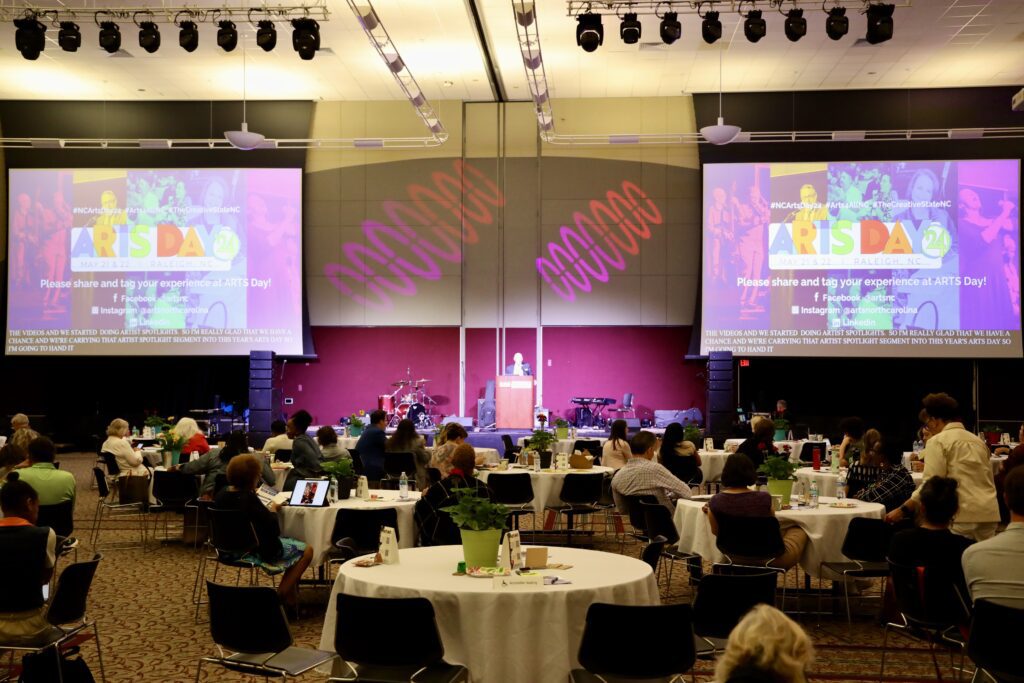
Nate McGaha, executive director of ARTS North Carolina, kicked off the gathering with a ‘Advocacy 101’ session, reminding everyone in the room of the importance of the arts.
“Here in North Carolina, we are the creative state,” he said.
The first day of the conference saw Randy Cohen take center stage with the Arts & Economic Prosperity 6 study (AEP6). It is the sixth national study done by Americans for the Arts that explores the economic impact of the nonprofit arts and culture industry. Cohen, vice president of research at Americans for the Arts, and McGaha wanted to provide advocates with real-world numbers about the impact of the arts before they went to talk with legislators the next day.
The AEP6 found that $151.7 billion is spent nationwide in the nonprofit arts and culture sector. Of that total, North Carolina represents $2.23 billion in economic activity annually. The North Carolina nonprofit arts sector supports 37,977 jobs, and the report found that the total attendance to in-person events was almost 30 million.
“Art organizations are good business citizens,” said Cohen. “We employ people locally, we purchase goods and services from other businesses in the community, we’re members of the chamber of commerce.”
The AEP6 gave quantifiable economic data to the impact of the arts, when usually art experiences are anecdotal. The goal was to pair these statistics along with personal art stories to spur legislators to consider funding additional support for the arts in schools and communities across the state. Throughout the two-day event, advocates also heard and saw performances from students and educators.
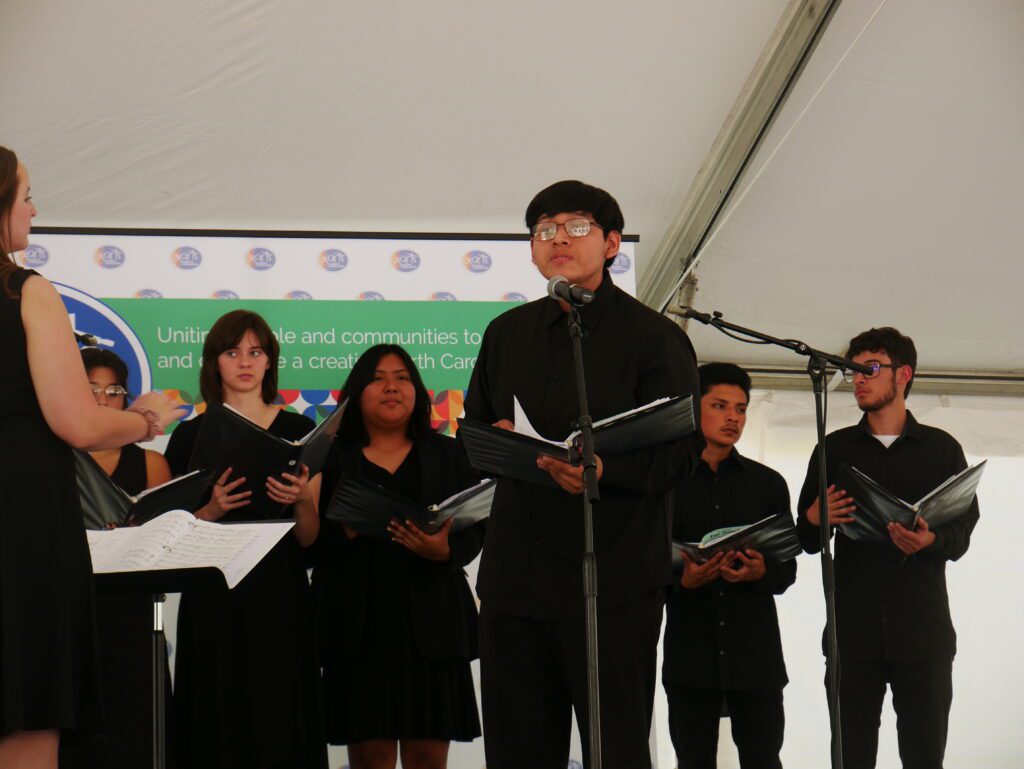
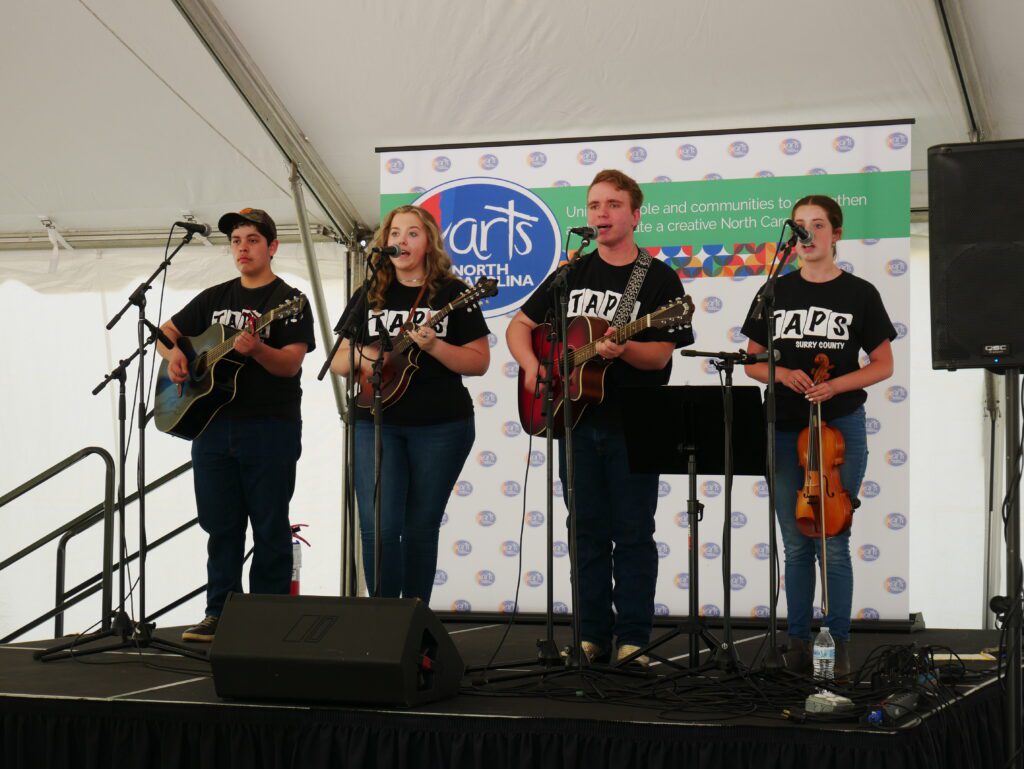

On May 22, the event’s legislative day, a tent and stage were set up in front of the General Assembly building. Students sang, danced, and performed their poetry out loud, while advocates met with legislators to explain the importance of the arts.




The House and Senate chairs of the bipartisan Caucus on Arts and Arts Education greeted advocates. Advocates then went on to have more than 70 meetings with legislators to talk about the arts.

What were the policy goals for ARTS Day 2024?
Through ARTS Day 2024, Arts North Carolina helped unify art advocates. The arts advocacy group shared their three main legislative requests at the convening.
Learn more about them here and below.

“This year we are going to continue our efforts to see that every citizen in this state is represented by $1 in North Carolina Arts Councils grants, and make sure that every student in our state has access to a quality education that includes the arts.”
Rhonda Bellamy, Arts NC Board Chair

Want to learn more about individual region’s access to arts in public schools? Check out our EdExplainer here on the latest dashboard from the North Carolina Arts Education Leadership Coalition.

What is an A+ School? Earning that designation involves integration of the arts into the state-mandated curriculum, and viewing arts as a fundamental practice in teaching and learning. To be an A+ School means to weave the four disciplines of art — dance, music, theater, and virtual art — into daily lesson plans.
“A+ is about helping schools to create the most engaging and art-filled environment they can for their students and for their staff.”
Michelle Burrows, director of A+ Schools North Carolina
